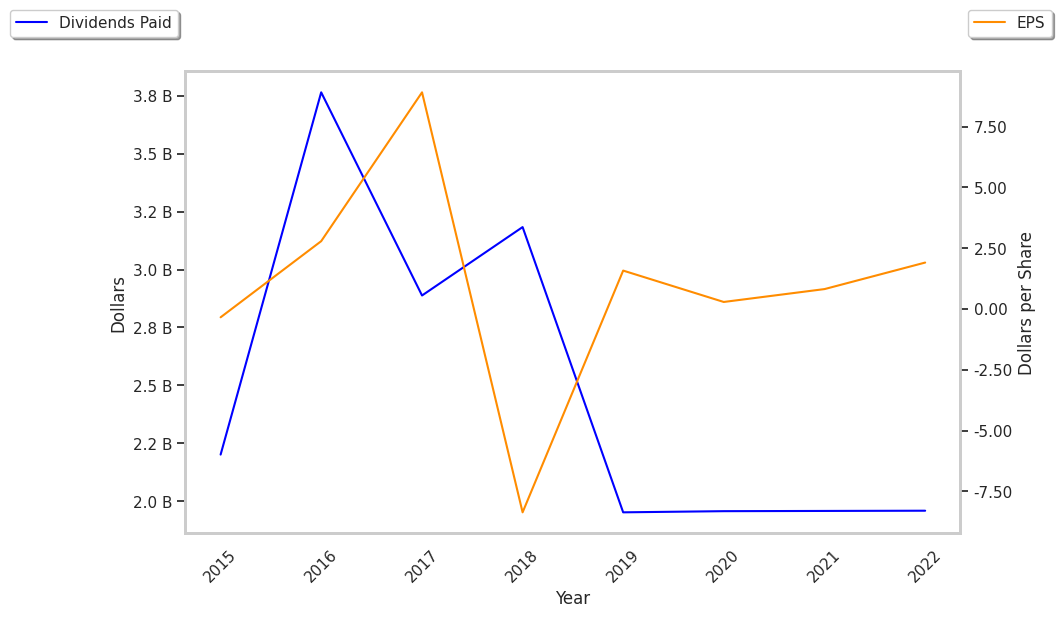With an average analyst rating of hold, Kraft Heinz is clearly not a favorite. But some of the best stock picks are contrarian in nature. With most analysts more focused on growth than on value, a mediocre analyst rating does not necessarily mean a stock is a bad investment. So what do we know about KHC's valuation?
Over the last year, Kraft Heinz shares have moved -18.8% while trading between the prices of $27.25 and $38.96. This represents a -41.7% difference compared to the S&P 500, which moved 22.9% over the last 52 weeks.
At its current price of $28.92 per share, KHC has a trailing price to earnings (P/E) ratio of 12.8 based on its 12 month trailing earnings per share of $2.26. Considering its future earnings estimates of $3.07 per share, the stock's forward P/E ratio is 9.4. In comparison, the average P/E ratio of the Consumer Staples sector is 23.09 and the average P/E ratio of the S&P 500 is 29.3.
We can also compare the ratio of Kraft Heinz's price to its book value. A company's book value refers to its present equity value: what is left when we subtract its liabilities from its assets. KHC has a book value of 0.7, with anything close or below one indicating a potentially undervalued company.
A comparison of the share price versus company earnings and book value should be balanced by an analysis of the company's ability to pay its liabilities. One popular metric is the Quick Ratio, or Acid Test, which is the company's current assets minus its inventory and prepaid expenses divided by its current liabilities. Kraft Heinz's quick ratio is 0.48. Generally speaking, a quick ratio above 1 signifies that the company is able to meet its liabilities.
The final element of our analysis will touch on Kraft Heinz's capacity to generate cash for the benefit of its shareholders or for reinvesting in the business. For this, we look at the company's levered free cash flow, which is the sum of all incoming and outgoing cash flows, including the servicing of current debt and liabilities. Kraft Heinz has a free cash flow of $2.96 Billion, which it uses to pay its shareholders a 5.5% dividend.
At Market Inference, we will keep monitoring Kraft Heinz to see if the contrarian thesis in this stock will be vindicated. Going against the grain can be an excellent way for investors to extract value from the stock market, but it's never a good idea to apply a strategy for its own sake. Do your own research and make sure that the facts support your decision.



